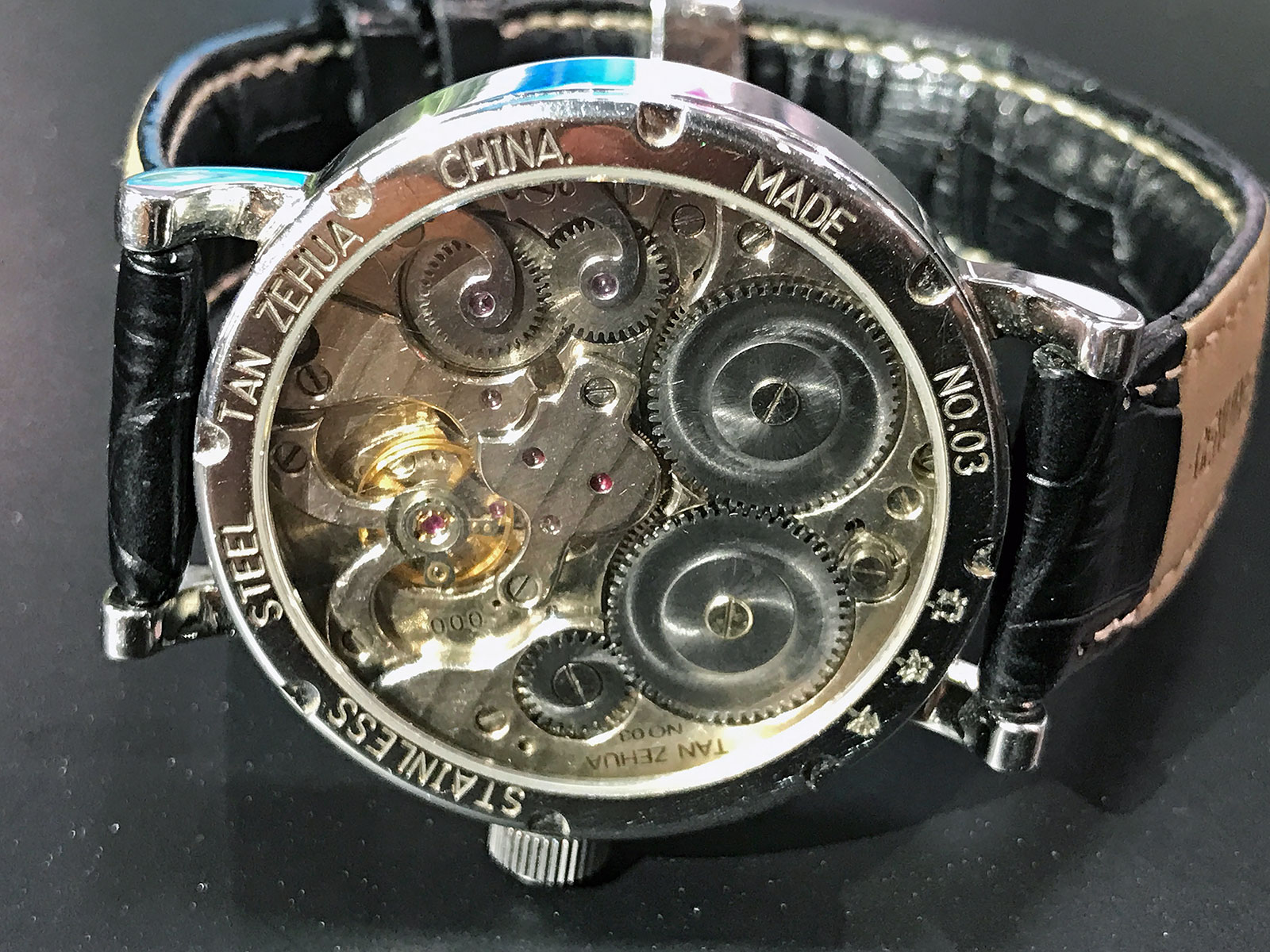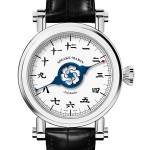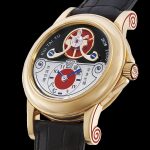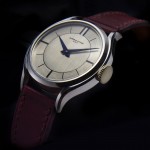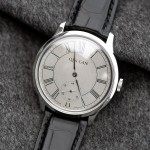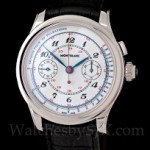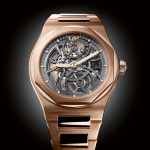Introducing Rising Chinese Watchmaker, Tan Zehua
Four in-house movements and his own patent-pending escapement.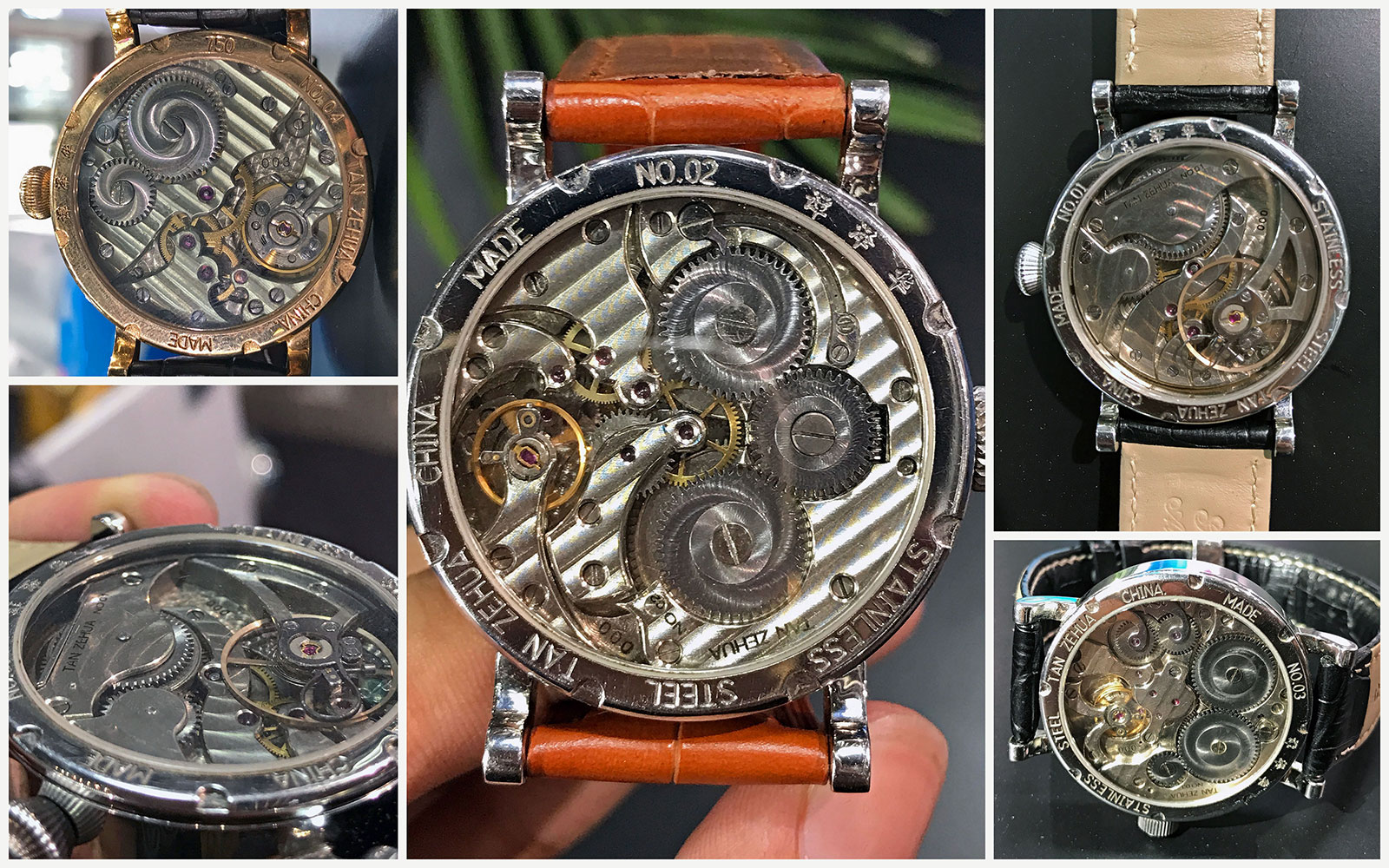
Born into a family of watchmakers, Tan Zehua a natural impulse and followed in his father’s footsteps, becoming a watchmaker. Now 64 years old, he spent much of his career in watch restoration before moving onto independent watchmaking in middle age. One of the exhibitors at the giant China Watch & Clock Fair, Tan is now a candidate for entry into the AHCI, one of three Chinese entrants, including Lin Yong Hua.
Tan’s work is primarily focused on efforts on escapements and long power reserves. So while the aesthetics of his watches are ordinary, the movements are striking. While short, his track record as an independent watchmaker is impressive: four in-house movements, including a 10-day calibre, and brand new escapement christened the Di-Axial.
But like many other one-man independent, Tan does not merely make watches and movements, he is also a toolmaker, having put together his own machines to produce his watches, including one to apply Côtes de Genève as well as a milling machine for bevelling.
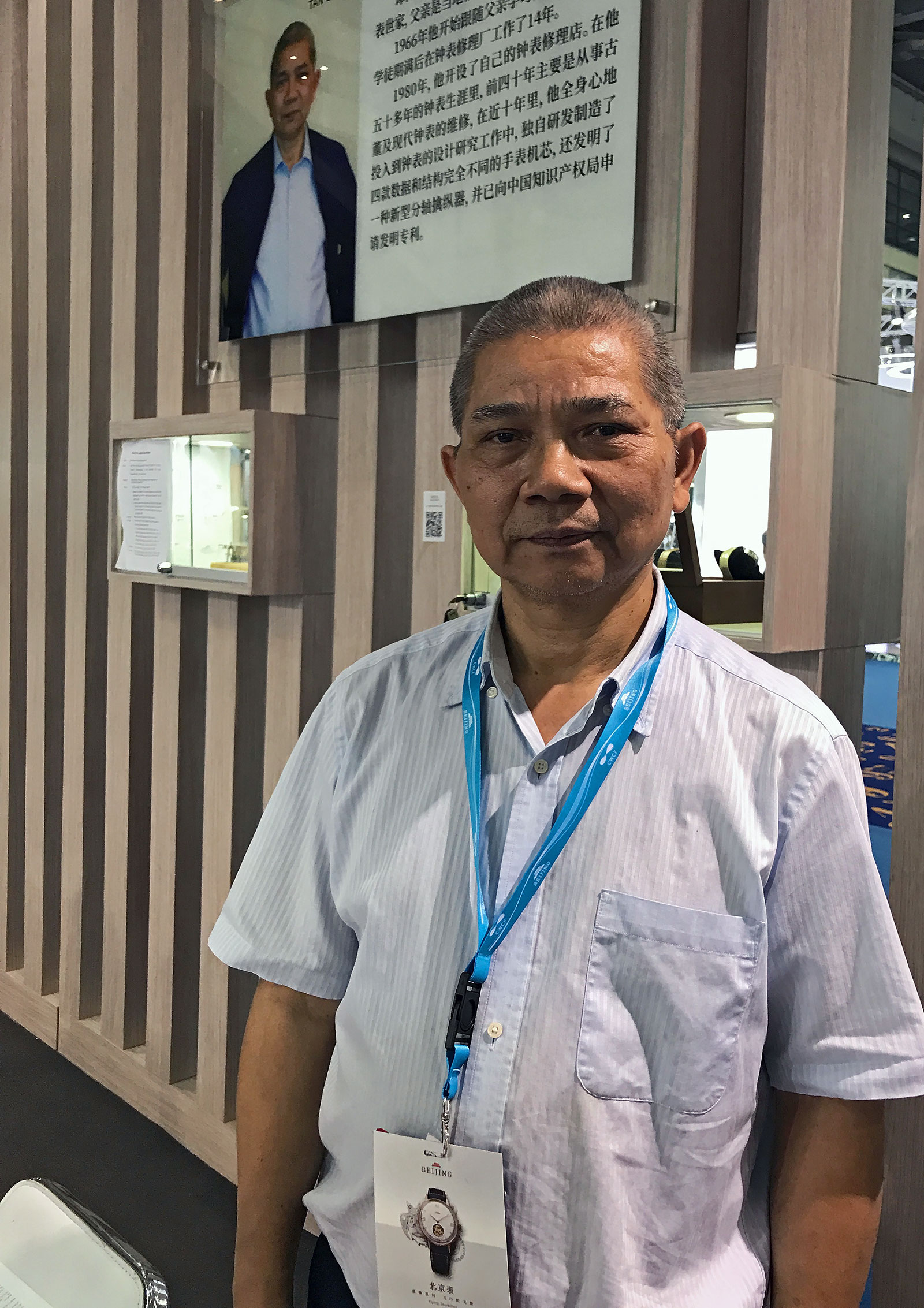
Named for their chronological order of completion, the Work No. 1 was Tan’s first movement, characterised by a huge 16mm balance wheel and a layout inspired by 19th century pocket watch movements. While it displays conventional hours and seconds, the Work No. 1 also displays traditional Chinese time on a sub-dial at one o’clock.
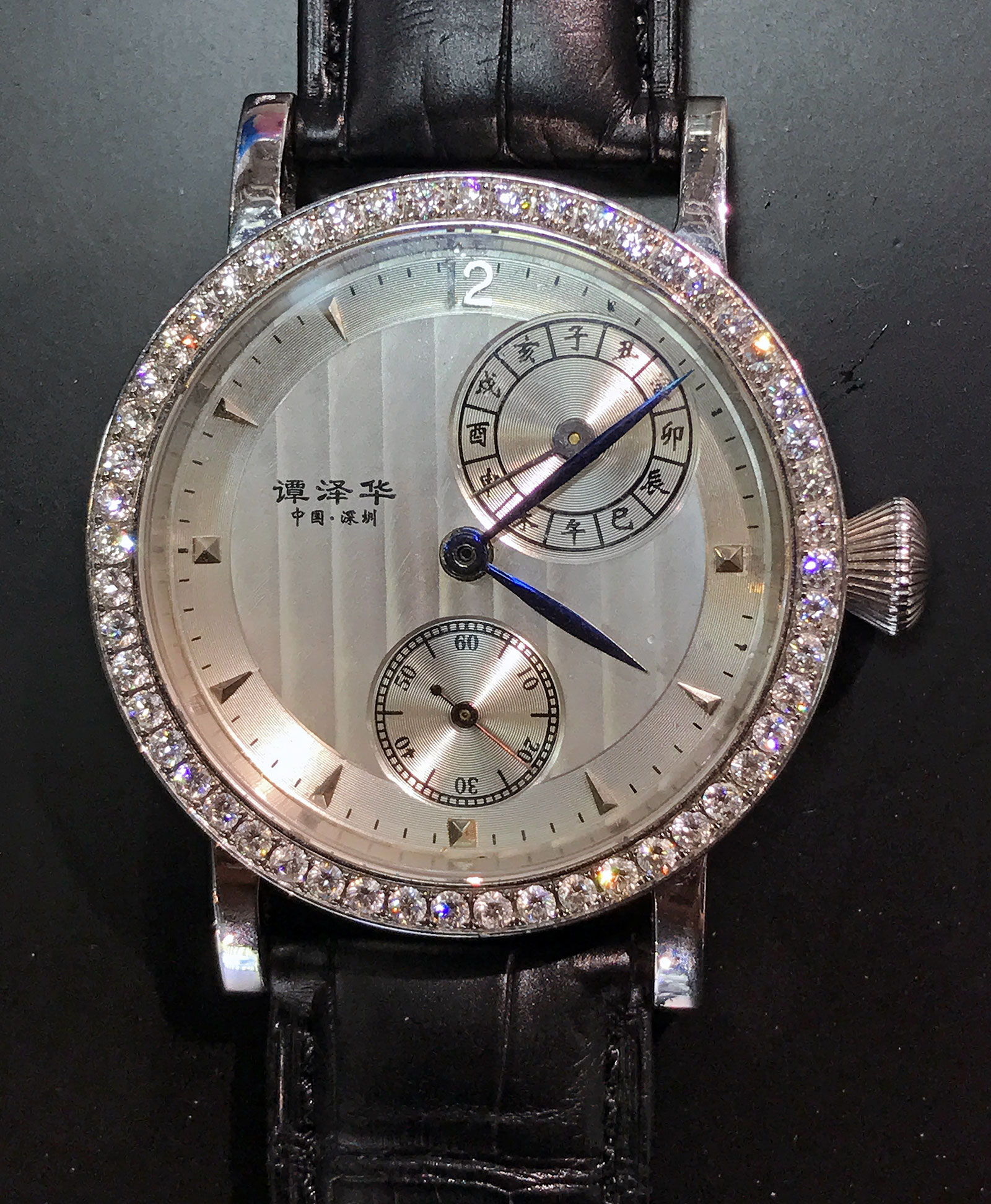
A conventionally constructed movement would require a rearrangement of the gear train movement to accommodate the large balance. However, the movement in Work No. 1 manages to keep its pocket watch inspired styling by raising the balance wheel and lowering the bridges. Consequently, the rim of the balance sits above the bridge for the gear train.
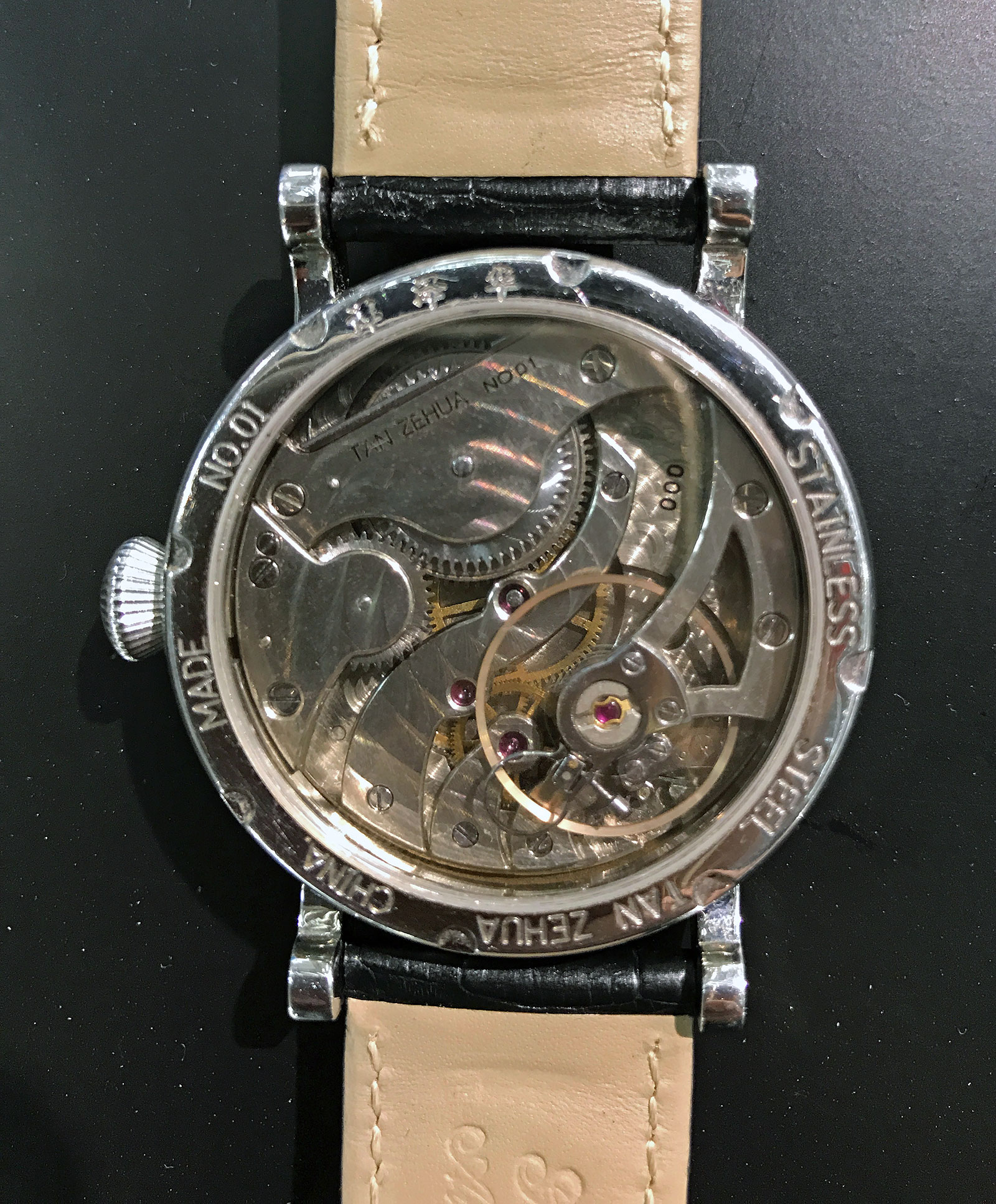
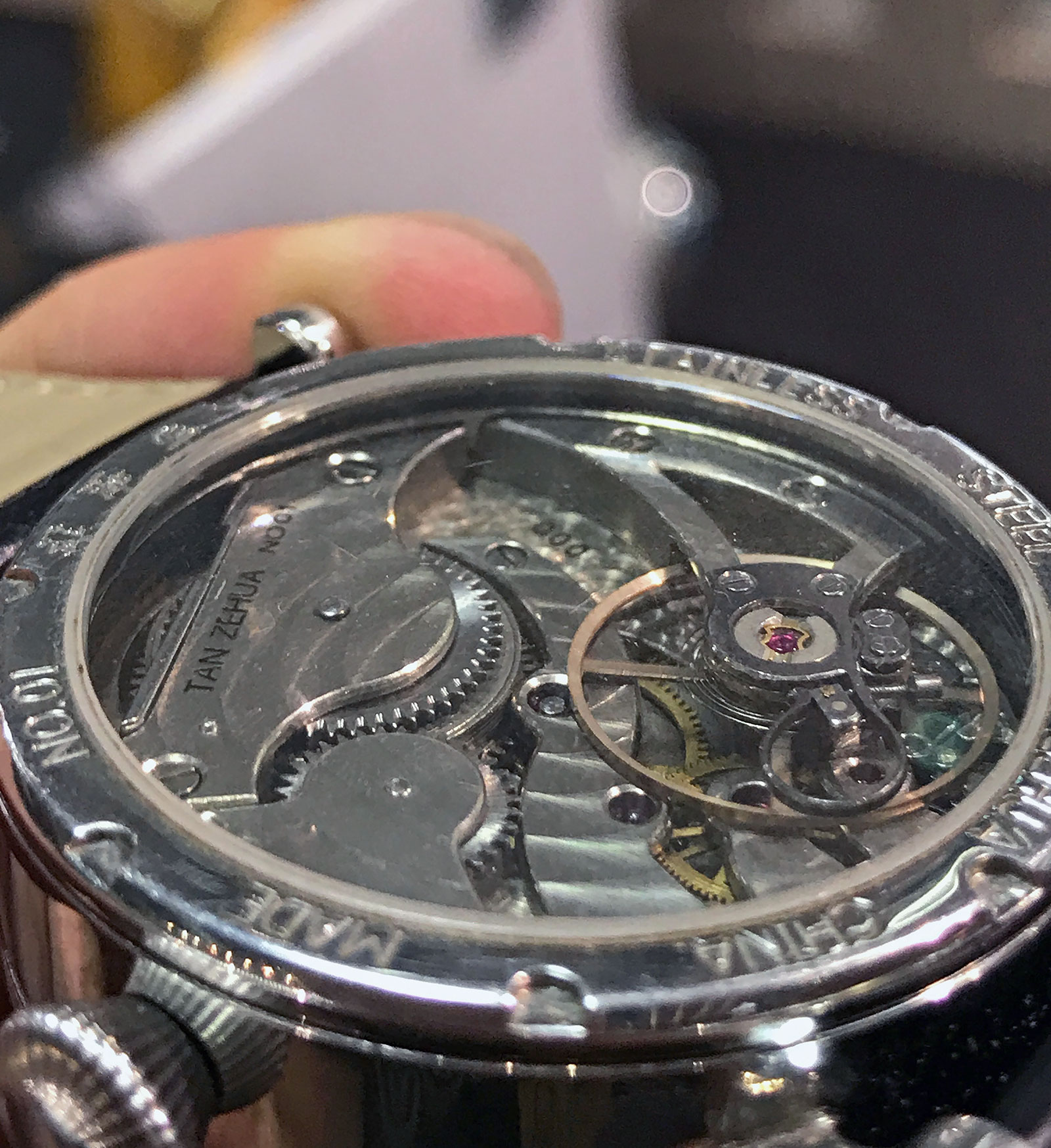
Also unique is the position of the swan neck regulator, which does not rest on top of the balance cock as is typical but is instead installed at the opposite end, hanging over the balance wheel.
Tan also used traditional finishing techniques like those found on pocket watch, including circular Côtes de Genève, perlage and bevelled countersinks for the screws and jewels.
The Work No. 2 demonstrates Tan’s mastery of the power reserve with its 10-day autonomy, thanks to two barrels running in parallel via a patented gear system. That patented gearing allows the movement to stay slim at just 6mm despite the twin barrel setup.
In terms of finishing, the Work No. 2 is also much more elaborate, with the addition of sunburst decorations on the barrel ratchet and winding wheels as well as sharp, polished bevelled on the edges of the bridges, a feature that highlights the hand-finishing.
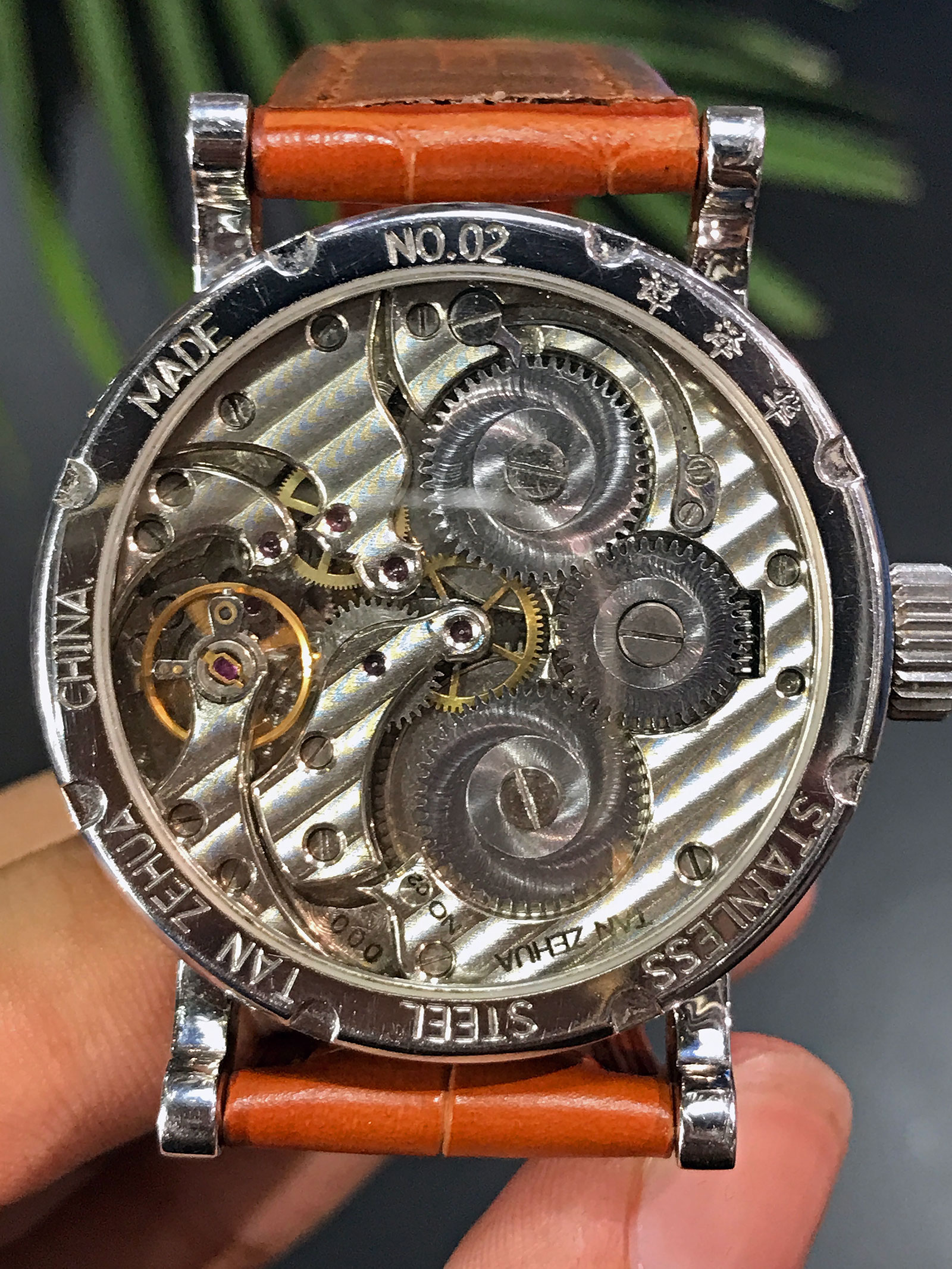
Having conquered the long power reserve with the Work No. 2, Tan moved on to enhancing the timekeeping during the extended running time.
The Work No. 3 builds on its predecessor with the novel addition of a third barrel with a 30-hour power reserve that functions as a constant force mechanism. But unlike the two main barrels, this intermediary barrel does not add to the power reserve, but instead acts as a medium to channel torque from the main barrels over to the gear train.
That means the intermediate barrel is repeatedly wound by the twin mainsprings over the course of the 10-day running time. As a consequence, the escapement enjoys stable torque throughout the course of the power reserve, thereby improving the accuracy of the movement.
Tan’s fourth wristwatch, however, is a departure from his first three creations, having no complications and instead pivoting towards traditional movement finishing. Completely finished by hand and without any computer aid, the Work No. 4 features traditional materials and finishing techniques, having been inspired by Swiss masters of the art like Philippe Dufour.
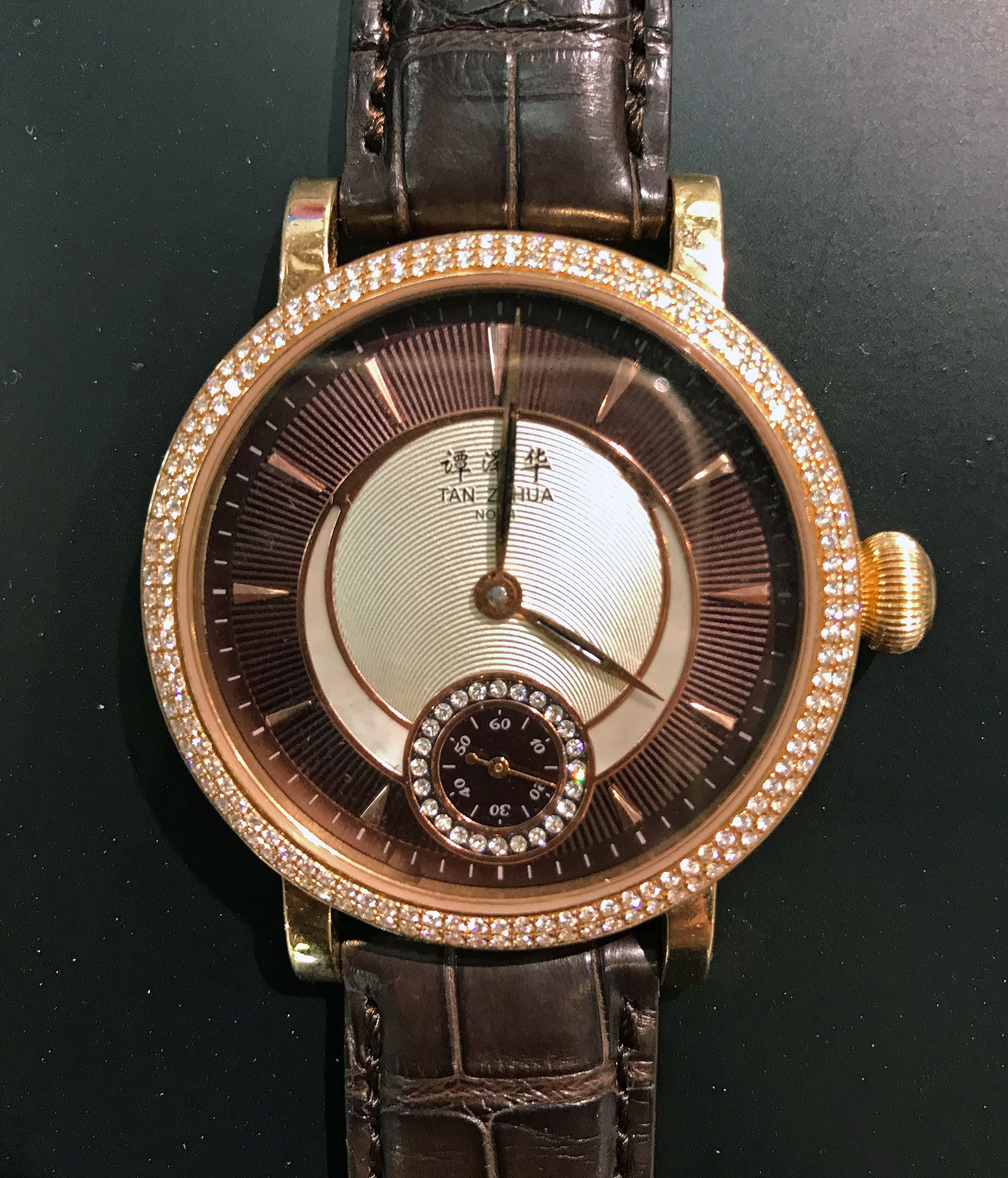
The movement finishing is slightly reminiscent of the Glashütte style, with thinner ribbing and warm patina of the German silver bridges. Intriguingly, the main bridge of the movement also has the famous “horns” found in the Simplicity by Philippe Dufour.
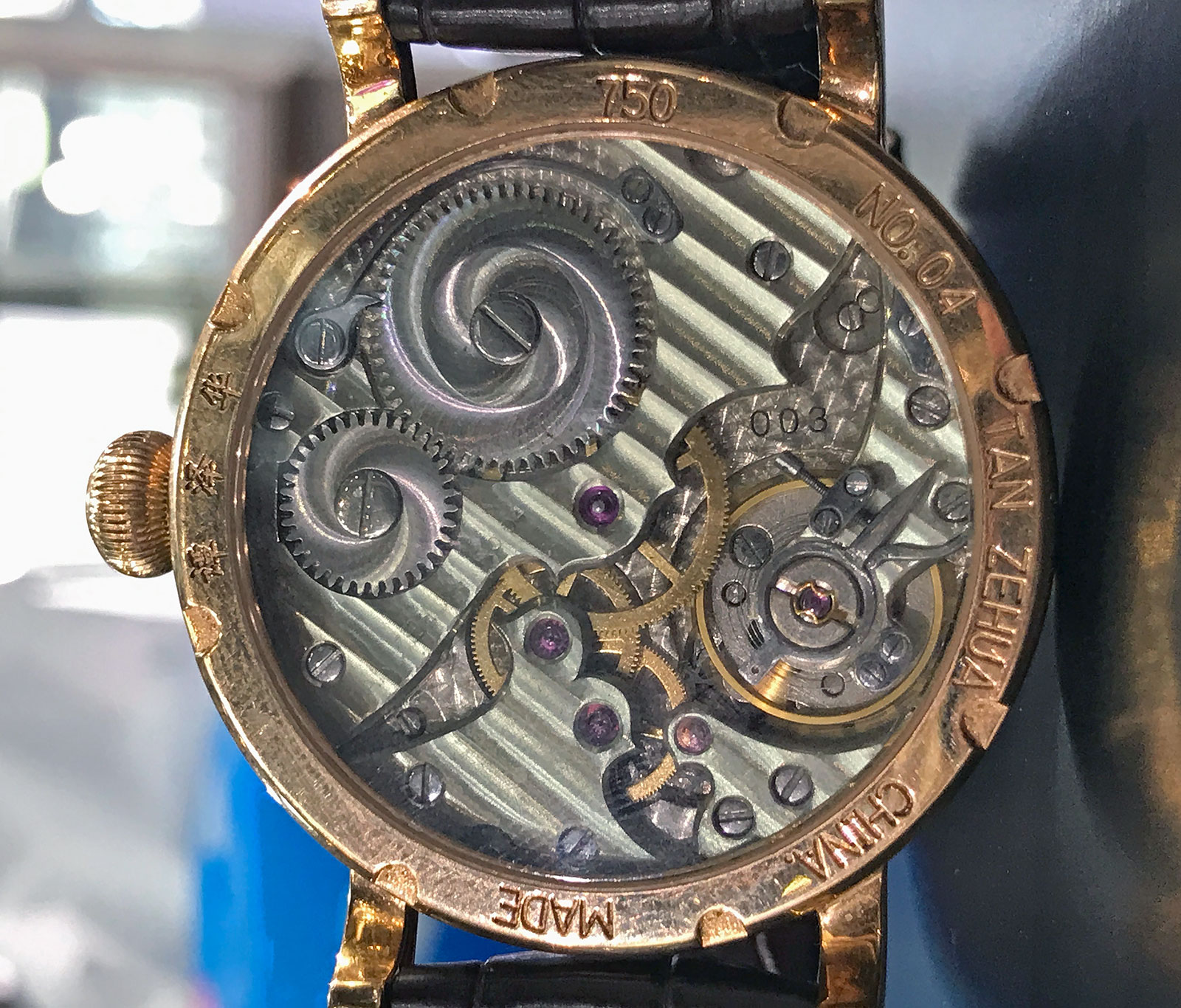
The latest work of Tan Zehua is not a watch but a brand new escapement, the Di-Axial. Details are still scarce as it’s patent-pending, but the escapement is an improved version of the Co-Axial escapement developed by George Daniels.
Unlike the Co-Axial escapement, the Di-Axial escapement’s locking jewels and impulse jewel are on separate components, facilitating service and repair. Coupled with other design improvements, the escapement operates with less friction, liminating the need for lubrication, and requires up to 30% less power to run. The escapement is still in development, and will be released in the coming year according to Tan.
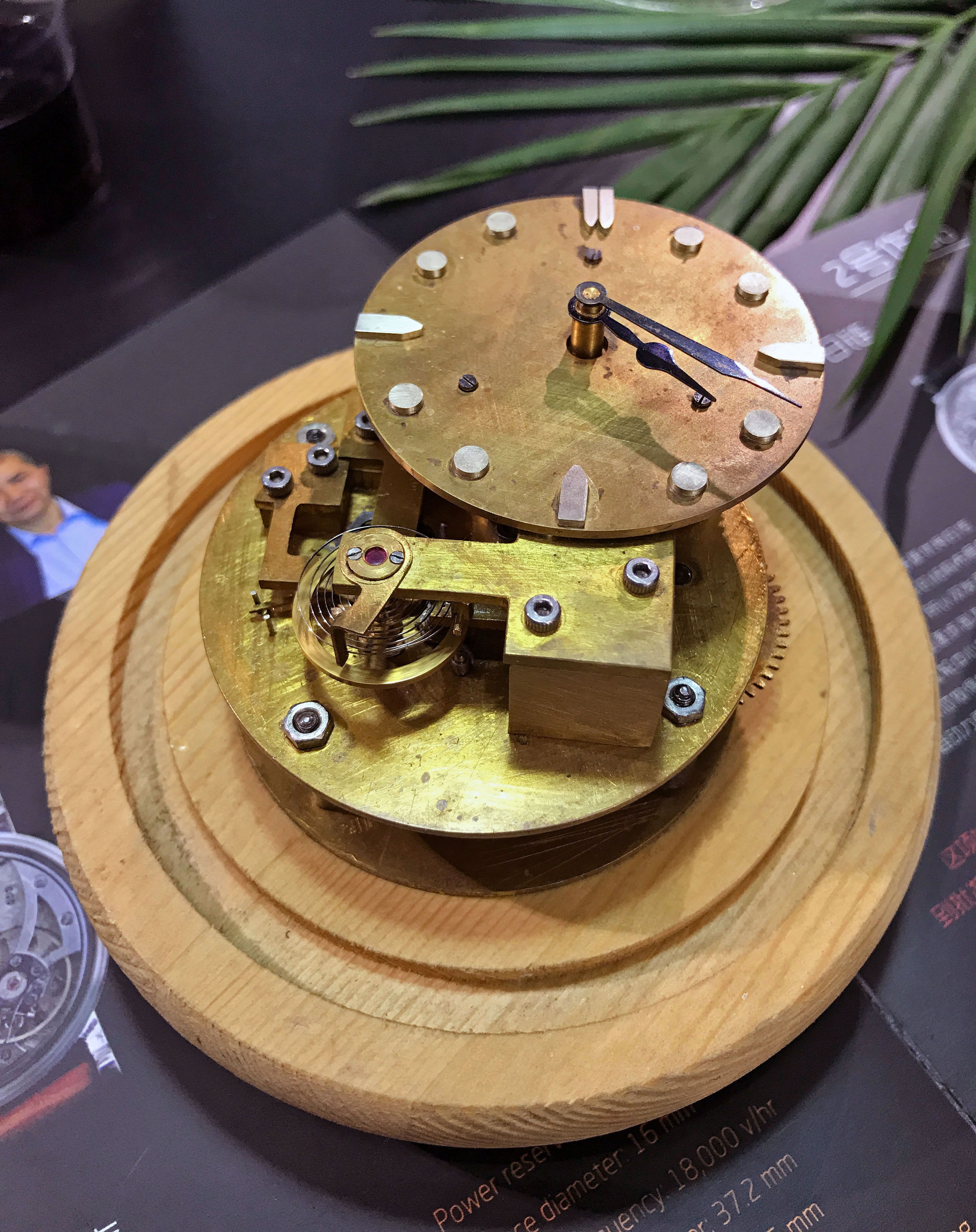
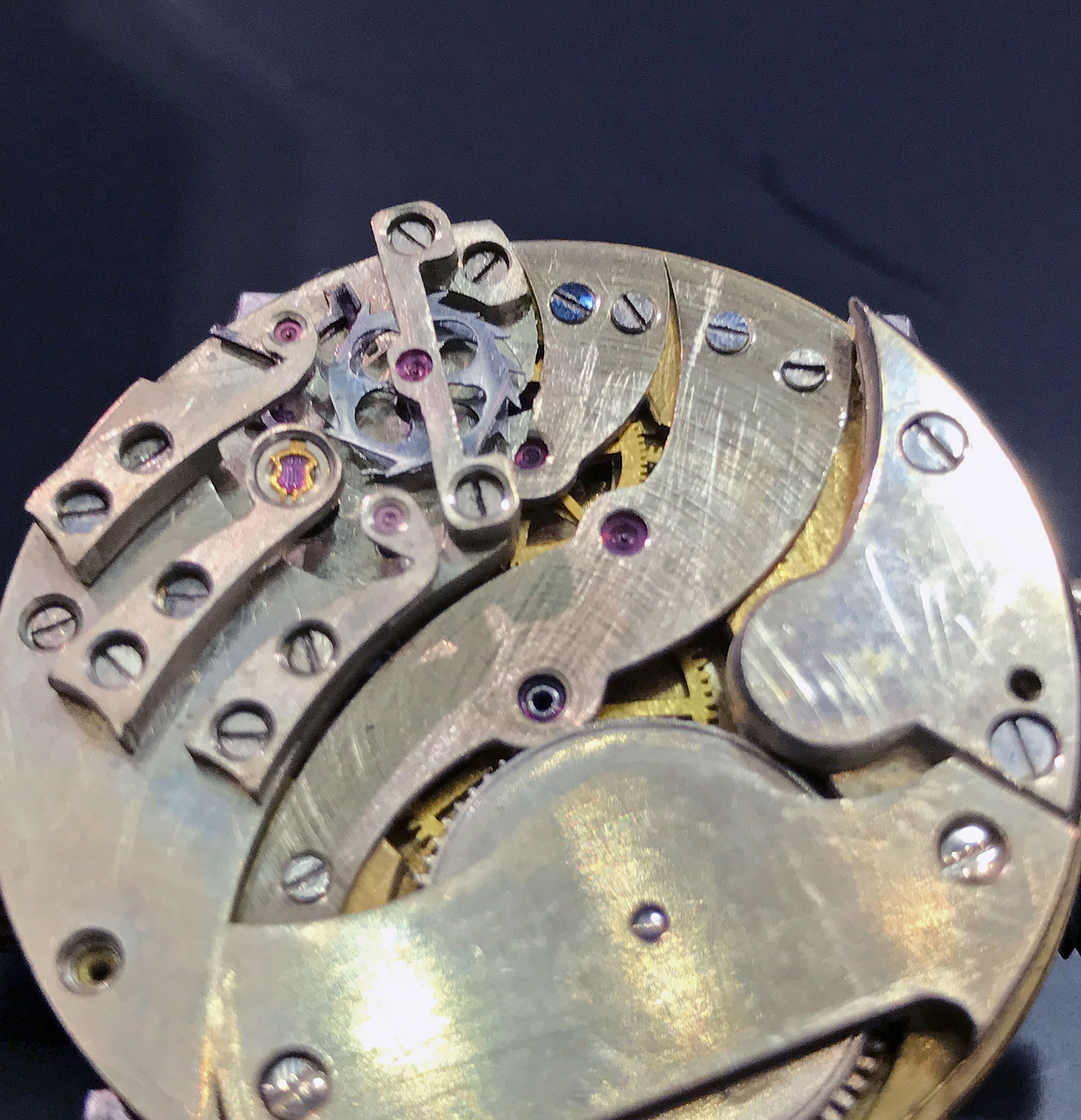
The watches by Tan Zehua are all planned as limited editions, but Tan is not currently accepting orders as he is preparing for the AHCI entry presentation next year.
Back to top.

